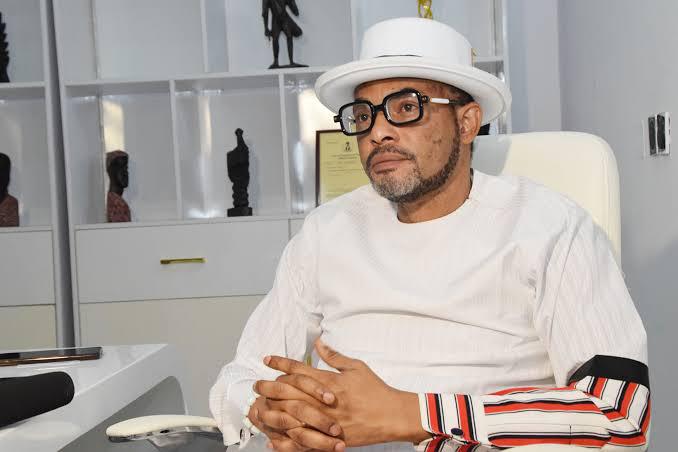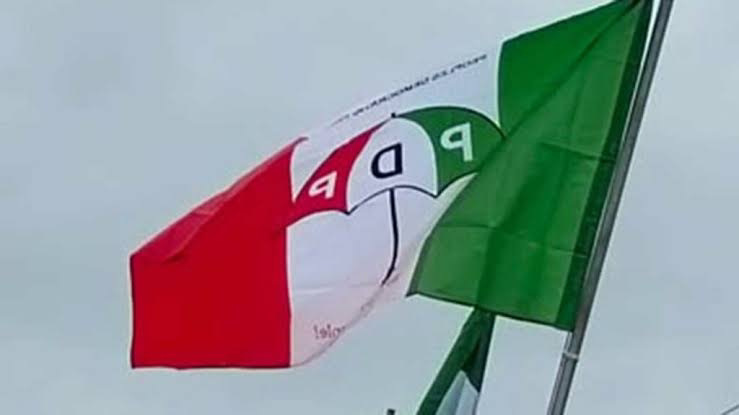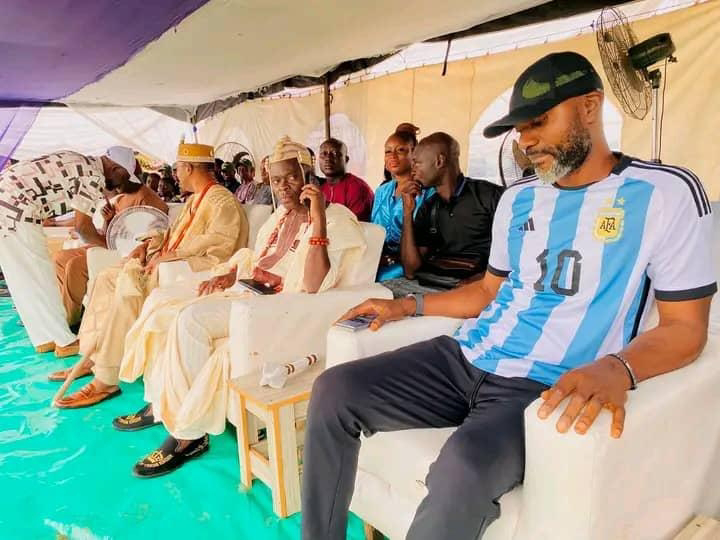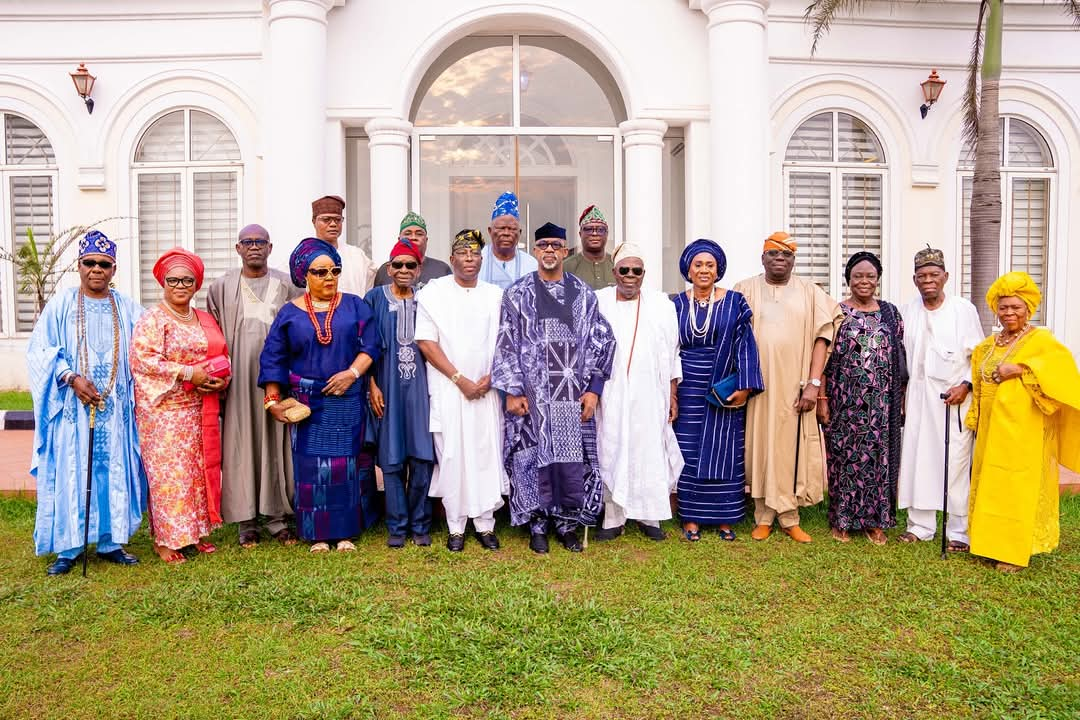In a landmark achievement that cements his status as one of the most influential figures in sports history, tennis legend Roger Federer has officially joined the ranks of the world’s billionaires. According to a recent report by Forbes, the 44-year-old Swiss maestro, widely regarded as one of the greatest tennis players of all time, has amassed a net worth of $1.1 billion (£813 million), earning him a coveted spot in the exclusive 10-figure club. This milestone places Federer among an elite group of athletes whose financial success transcends their on-field accomplishments, marking a new chapter in a career defined by excellence, charisma, and strategic business acumen.
Federer’s ascent to billionaire status is not solely the result of his unparalleled success on the tennis court, where he captured 20 Grand Slam titles and inspired millions with his graceful playing style. Instead, it reflects a combination of lucrative endorsement deals, savvy investments, and a transformative partnership with the Swiss performance shoe and apparel brand On. This article explores the multifaceted journey that led Federer to this financial pinnacle, delving into his on-court earnings, off-court ventures, and the broader implications of his entry into the billionaire athletes’ club.
The Rise to Financial Stardom: Federer’s Stake in On
At the heart of Federer’s billionaire status lies his significant minority stake in On, a Swiss-based company that has rapidly emerged as a powerhouse in the athletic footwear and apparel industry. Federer, who began his affiliation with On in 2019, owns an estimated 3% of the company, a stake now valued at more than $375 million (£277.3 million). On’s meteoric rise since going public on the New York Stock Exchange in 2021 has been a key driver of Federer’s wealth. The company, known for its innovative CloudTec technology and sleek designs, currently boasts a market capitalization of nearly $15 billion (£11.1 billion), reflecting its growing dominance in the competitive sportswear market.
Federer’s involvement with On extends far beyond that of a traditional brand ambassador. As a partner and collaborator, he has played an active role in shaping the company’s product line, most notably through the development of “The Roger,” a line of performance and lifestyle sneakers that bear his name. This hands-on approach has not only strengthened On’s appeal but also solidified Federer’s reputation as a savvy entrepreneur. The company’s roster of sponsored athletes, which includes tennis stars like six-time Grand Slam champion Iga Świątek, men’s world No. 6 Ben Shelton, and teenage prodigy João Fonseca, underscores its growing influence in the sport, further enhancing the value of Federer’s stake.
The success of On is a testament to Federer’s ability to align himself with brands that share his values of innovation, quality, and performance. Unlike traditional endorsement deals, where athletes lend their names to established companies, Federer’s partnership with On represents a strategic investment in a burgeoning enterprise. This move has paid dividends, both financially and in terms of his legacy as a forward-thinking businessman.
A Career of Unmatched Earnings
Federer’s journey to billionaire status began long before his partnership with On. Over the course of his 24-year professional tennis career, which spanned from 1998 to 2022, Federer earned an astonishing $1 billion in off-court endeavors, making him the highest-paid tennis player for 16 consecutive seasons. This figure, which dwarfs the earnings of his rivals Novak Djokovic and Rafael Nadal, highlights Federer’s unparalleled marketability and global appeal. While Djokovic amassed $189 million in prize money and Nadal earned $135 million, Federer’s on-court earnings totaled $131 million—a significant sum, but only a fraction of his overall wealth.
Federer’s off-court earnings were driven by a portfolio of high-profile endorsement deals with some of the world’s most iconic brands. Companies like Rolex, Mercedes-Benz, Moët & Chandon, and Uniqlo have long been associated with Federer, drawn to his elegance, professionalism, and universal appeal. His 10-year, $300 million deal with Uniqlo, signed in 2018, is one of the most lucrative endorsement contracts in sports history, providing a steady stream of income even as his playing career wound down. These partnerships, carefully curated by Federer and his management team, reflect his ability to transcend tennis and become a global cultural icon.
Perhaps the most striking example of Federer’s earning power came in 2020, a year when injuries limited his participation to just the Australian Open, where he reached the semifinals. Despite his absence from the court, Federer earned $106.3 million before taxes, outpacing every other athlete in the world. This remarkable feat underscores the enduring strength of his brand, which has remained resilient even in the face of physical setbacks.
The Billionaire Athletes’ Club: Federer’s Place Among Legends
Federer’s entry into the billionaire club makes him only the second tennis player in history to achieve this milestone, following Romanian tennis legend Ion Țiriac. Țiriac, the 1970 French Open doubles champion, built his $2.7 billion (£2 billion) fortune through post-communism investments in banking, insurance, and real estate. Federer’s path to wealth, by contrast, is rooted in his athletic achievements and strategic brand partnerships, making his story a unique blend of sporting excellence and entrepreneurial vision.
The billionaire athletes’ club, as outlined by Forbes, is an exclusive group of eight individuals whose financial success reflects their ability to leverage their fame and talent into enduring wealth. The list includes:
Michael Jordan (Basketball): $3.8 billion (£2.8 billion) – The NBA legend’s fortune is largely driven by his Air Jordan brand and ownership stake in the Charlotte Hornets.
Magic Johnson (Basketball): $1.5 billion (£1.1 billion) – A successful entrepreneur, Johnson has built his wealth through investments in real estate, entertainment, and sports franchises.
Junior Bridgeman (Basketball): $1.4 billion (£1 billion) – A former NBA player turned businessman, Bridgeman amassed his fortune through restaurant franchises and media ventures.
LeBron James (Basketball): $1.2 billion (£887 million) – The active NBA star has diversified his income through media production, endorsements, and investments.
Cristiano Ronaldo (Football): Wealth boosted by a $665 million (£492 million) deal with Al-Nassr (exact figure TBD) – Ronaldo’s global brand and lucrative contracts have made him a financial powerhouse.
Tiger Woods (Golf): $1.3 billion (£961 million) – Woods’ wealth stems from endorsements, course design, and his enduring influence in golf.
Ion Țiriac (Tennis): $2.7 billion (£2 billion) – The former tennis player’s fortune is tied to his business acumen in post-communist Romania.
Roger Federer (Tennis): $1.1 billion (£813 million) – Federer’s wealth is a testament to his on-court success and off-court business ventures.
Federer’s inclusion in this elite group underscores his status as one of the most iconic figures in sports history. Unlike many of his peers, whose wealth is tied to ownership of teams or large-scale business ventures, Federer’s fortune is a direct result of his personal brand and strategic investments, making his achievement all the more remarkable.
The Federer Brand: A Global Phenomenon
Federer’s financial success cannot be fully understood without examining the power of his personal brand. Known for his elegance, humility, and sportsmanship, Federer has cultivated an image that resonates with fans, sponsors, and business partners alike. His graceful playing style, characterized by precision and artistry, earned him the nickname “The Maestro,” while his off-court demeanor—polished, articulate, and approachable—has made him a favorite among brands seeking a reliable and aspirational ambassador.
Federer’s global appeal transcends cultural and geographic boundaries. Born in Basel, Switzerland, he has become a beloved figure in countries as diverse as China, India, and the United States. His fluency in multiple languages, including English, German, and French, has allowed him to connect with fans and media on a personal level, further enhancing his marketability. This universal appeal has made Federer a magnet for endorsements, with brands willing to pay top dollar to associate themselves with his image.
In addition to his endorsement deals, Federer has leveraged his brand to create opportunities for philanthropy and social impact. Through the Roger Federer Foundation, established in 2003, he has invested millions in education and early childhood development programs, primarily in Africa and Switzerland. The foundation’s work, which focuses on providing access to quality education for underprivileged children, reflects Federer’s commitment to using his wealth and influence for the greater good.
The Role of Tennis in Federer’s Wealth
While Federer’s off-court endeavors have been the primary driver of his billionaire status, his on-court achievements laid the foundation for his financial success. Over his 24-year career, Federer won 103 ATP titles, including 20 Grand Slam championships, a record he shares with Novak Djokovic and Rafael Nadal. His dominance in the sport, particularly during the 2000s, established him as a global superstar and opened doors to lucrative sponsorships.
Federer’s ability to compete at the highest level well into his 30s further enhanced his earning potential. Unlike many athletes who peak early and struggle to maintain relevance, Federer remained a top contender into his late 30s, reaching the Wimbledon final in 2019 at the age of 37. This longevity allowed him to sustain his marketability and secure high-value contracts even as younger players emerged.
Tennis, as a sport, has also played a significant role in Federer’s financial success. Unlike team sports, where earnings are often tied to salaries and collective bargaining agreements, tennis offers players the opportunity to earn substantial prize money and endorsements based on individual performance. Federer’s consistent success in high-profile tournaments like Wimbledon, the Australian Open, and the US Open ensured a steady stream of prize money, while his global fanbase made him an attractive partner for brands.
The Broader Context: Wealth in Professional Sports
Federer’s billionaire status is part of a broader trend in professional sports, where top athletes are increasingly able to amass significant wealth through a combination of earnings, endorsements, and investments. The globalization of sports, fueled by television, streaming platforms, and social media, has created unprecedented opportunities for athletes to build their brands and secure lucrative deals. Athletes like LeBron James, Cristiano Ronaldo, and Tiger Woods have capitalized on this trend, using their fame to launch media companies, invest in startups, and secure ownership stakes in teams.
However, Federer’s path to wealth is unique in its emphasis on personal branding and strategic partnerships. Unlike Michael Jordan, whose fortune is largely tied to the Air Jordan brand, or LeBron James, who has diversified into media production, Federer’s wealth is closely tied to his image as a tennis icon. His partnership with On, in particular, represents a forward-thinking approach to wealth-building, as it combines his personal brand with an innovative company poised for long-term growth.
Challenges and Criticisms
While Federer’s financial success is undeniable, it has not been without scrutiny. Some critics argue that the astronomical earnings of top athletes highlight the growing wealth disparity in sports, where only a select few achieve such financial heights. In tennis, for example, lower-ranked players often struggle to cover the costs of travel, coaching, and equipment, while stars like Federer command multimillion-dollar endorsement deals. This disparity has sparked debates about the structure of prize money and the accessibility of professional tennis.
Additionally, Federer’s wealth has drawn attention to the broader issue of commercialization in sports. As athletes become brands in their own right, there is a risk that the focus on financial success overshadows the purity of competition. However, Federer’s reputation as a sportsman and philanthropist has largely shielded him from such criticisms, with many viewing his success as a reward for his talent, hard work, and integrity.
The Future of Federer’s Legacy
At44, Federer has transitioned from active player to global ambassador for tennis and beyond. Since retiring in 2022, he has focused on his business ventures, philanthropy, and family life. His partnership with On continues to thrive, with the company expanding its presence in the global market. Federer’s influence in tennis remains strong, as he serves as a mentor to younger players and an advocate for the sport’s growth.
Looking ahead, Federer’s billionaire status is likely to open new doors in the worlds of business and philanthropy. His ability to navigate the intersection of sports, commerce, and social impact positions him as a model for future generations of athletes. Whether through new investments, expanded charitable initiatives, or continued involvement in tennis, Federer’s legacy is far from complete.
Conclusion: A Legacy Beyond the Numbers
Roger Federer’s entry into the billionaire athletes’ club is a testament to his extraordinary career and enduring influence. From his graceful dominance on the tennis court to his strategic partnerships off it, Federer has redefined what it means to be a global sports icon. His $1.1 billion net worth is not just a reflection of his financial success but a symbol of his ability to inspire, innovate, and connect with people around the world.
As the second tennis player to achieve billionaire status, Federer joins a select group of athletes who have transcended their sports to become cultural and financial titans. His journey—from a young boy in Basel to a global superstar and savvy entrepreneur—offers a blueprint for success in an era where athletic achievement is just the beginning. With his wealth, influence, and commitment to making a difference, Roger Federer continues to shape the world, one forehand, one deal, and one act of kindness at a time.






